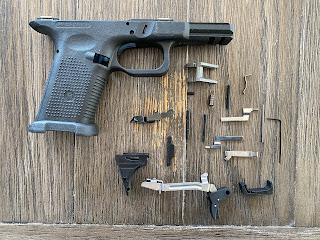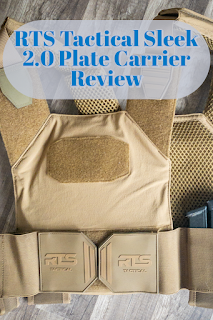Search This Blog
Hiking, Backpacking, Fishing, Geocaching and Photography in the Rocky Mountains and beyond.
Posts
Showing posts from May, 2022
Lone Wolf Freedom Wolf Lower Parts Kit Installation
- Get link
- Other Apps
RTS Tactical Advanced Sleek 2.0 Plate Carrier Review
- Get link
- Other Apps

